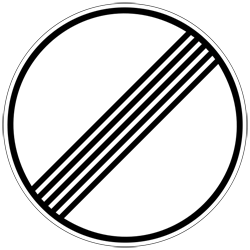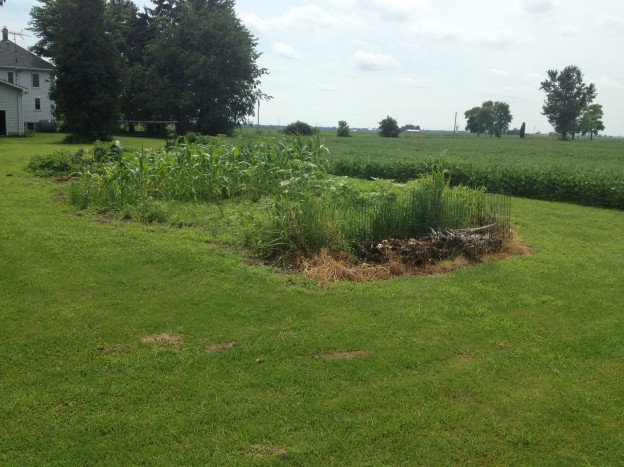There are many components of personal sovereignty that will help lead you to the freedom and independence that you desire.
The four Pillars are:
Thought Sovereignty – You have to think for yourself. Most everything you read contains a hidden agenda, marketing spin, or an outright misdirection. Being able to research and then analyze the facts, coming up with your own conclusion, is an absolute requirement for individual thinking. As Canadians, we do like to assume that people have the best of intentions when dealing with us. We don’t have to become cynics, but we should consider what people’s agendas are and what’s in it for them.
People without thought sovereignty are called Sheeple – they walk around like sheep thinking and doing exactly what the TV networks, fashion retailers, and government want them to.
Food Sovereignty – Nothing in our lives makes us as dependent on others as our food supply. The typical Canadian these days buys almost 100% of their food at a Supermarket (and unfortunately I have to count myself in there as well). Growing a garden is one of the best steps you can make in your path to individual liberty. From there, the sky is the limit with what you can produce. This allows you to escape the ever decreasing nutritional value of the foods in the grocery store (which seem to have prices going up at the same time). Food sovereignty is tightly relatedly to the other three pillars; the food you eat is affected by the level of thought independence that you have, and it is turn affects your finances and health.
Financial Sovereignty – Debt is financial cancer. It destroys marriages and leads to modern day slavery in the form of being stuck to a job just to pay your debt. When it comes to debt, Just Say No. You also want to maintain control of your finances – don’t put every dollar of your savings into RRSP plans. Sure there are times to make use of this program, especially when employers are matching contributions, but it is the most visible and controlled form of money in Canada. Resist the movement to a cashless society where money can be controlled or shut off. Hold cash in your home or safe deposit box, own silver & gold, buy long term capital goods that will save you money in the long run (i.e. high efficiency refrigerators, solar water heaters, etc.), invest in farms, houses, land, or your own businesses. Essentially, think for yourself and what is important to you financially, not what the talking heads on TV, the puppets at your bank, or the bureaucrats in Ottawa say.
Health Sovereignty – Being Canadians, we are aware of nothing but being reliant on the government for health care. I’m neither a hater or a lover of the Canadian health care system. It’s not wonderful and it’s not terrible – it’s adequate. And by adequate, I mean it is only adequate at testing, detection, and treatment. Prevention of sickness and promotion of healthy living is not a goal of the medical industry in Canada. The pharmaceutical companies don’t promote healthy living and disease prevention, they promote the Standard Canadian Diet (SCD aka SAD – Standard American Diet) and then controlling sickness and disease through the use of drugs. The only reason they want us to live longer is so that we consume their drugs for longer.
These four pillars are very important components of personal sovereignty and should be goals you have. I am nowhere near perfect myself and have to work on all four on a daily basis.
A great discussion on personal sovereignty can be had at Jack Spirko’s The Survival Podcast Episode 985: From Pawn to Personal Sovereignty
I listened to it this morning after writing half of this post and was extremely inspired.
Do you agree or disagree with these recommendations? Are you working towards them yourselves? I would love to hear your comments.


